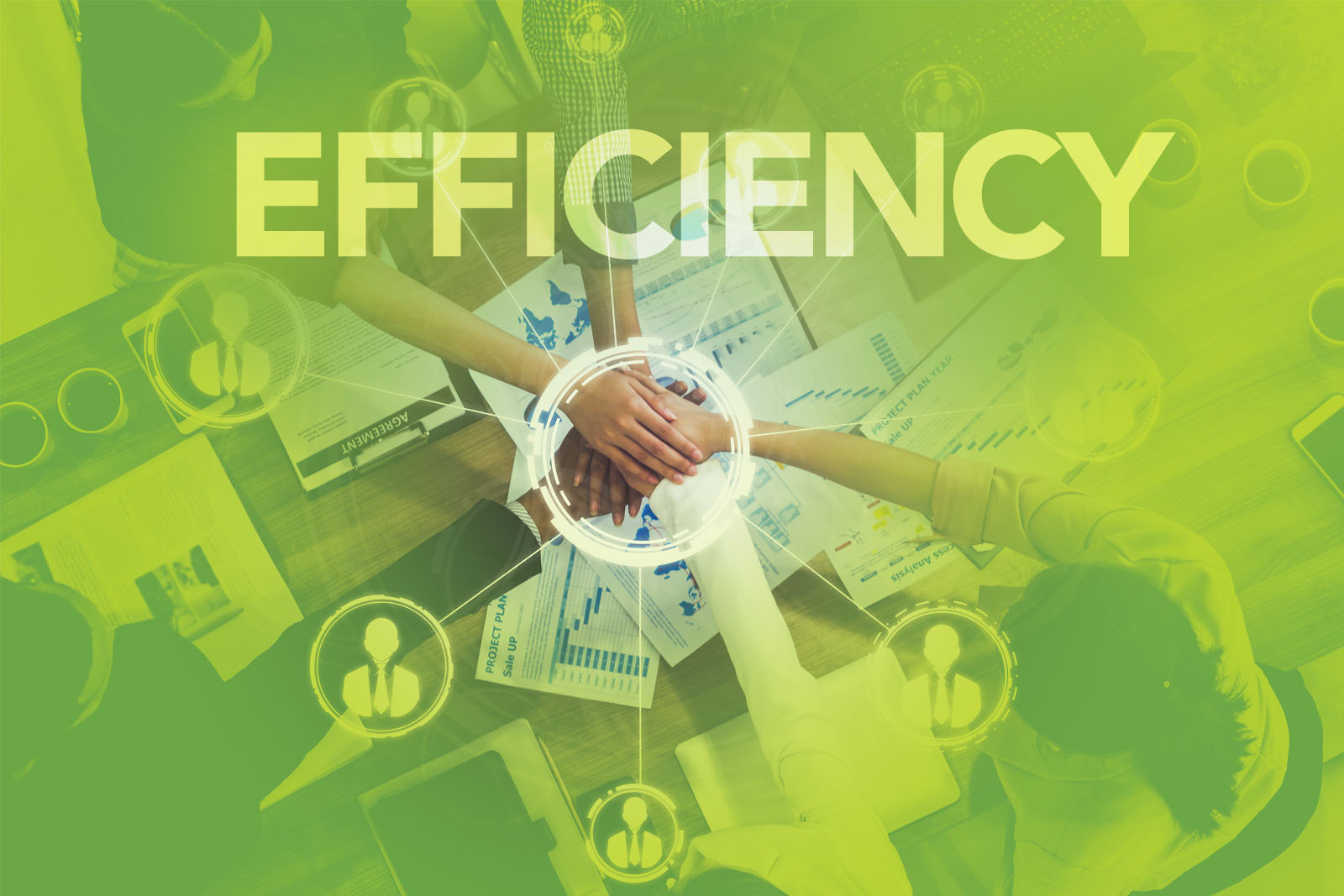A key to business growth is finding ways to get more done with less effort. Small business owners are often juggling so many tasks that they struggle to stay focused on what is adding the most value to the business. In theory, you may know that you need to hire help, delegate tasks, and build out processes and automation to handle lower value work. However, when you’re staring down a massive to-do list, taking that first step can feel like scaling a mountain—where do you even start?
To build a stable, self-sustaining business, these three elements are essential to increasing your efficiency and distributing business activities more effectively: your team, your systems, and your business controls.
Invest in Your Team
Small businesses owners sometimes fear that hiring employees means high costs and reduced time as any hours you save are now spent managing your employees. In reality, your team consists of anyone who provides support to your business. You can build a business around outsourcing work to contractors, and that can be your team. Even if your business only has one administrator and one tax preparer, that is your team.
Adding members to your team is essential to enabling your business to run smoothly and profitably when you are unavailable. If your presence is absolutely necessary for the business to function at all times, your involvement may be an obstacle to the company’s growth. The same goes for other employees. If your administrator is the only person who knows how to do something and they experience a major life change—they discover new interests, move, have kids, or retire—the business needs a survival strategy for when they leave.
By making sure your processes are not dependent on any one person, your business actually becomes more valuable in the eyes of investors. Many buyers will hesitate to buy a business from a sole practitioner without other leadership in the company or processes and systems because they know they are not likely to get much for their money.
Build Out Your Systems
A business system is any process or tool you use to get consistent results in the business. Let’s look at an example: A tax planning business needed a way for customers to call in, get basic information, and connect with the right person who could finalize the sale. Before a system was put in place, the business owner was involved in answering the phone, redirecting calls, and closing sales, even though their primary strength was tax preparation. The solution? The business hired an answering service so callers would go first to an auto-attendant and then be transferred to the right extension. All the business owner had to do was write a script for the answering service to follow, and valuable hours were freed up for tax preparation work.
An important step in improving your business systems is creating a procedure manual. A procedure manual gets critical information out of one person’s brain and into an accessible format. This can take the form of a typed document, a document with screenshots and helper text, or even a screencast video with voiceover. Asking your team to write a manual can also make them feel empowered to be such an essential part of setting up processes.
Lastly, don’t underestimate the value of setting up systems for storing data, retrieving data, and managing projects. The digital age offers countless options for keeping your business organized. Document management systems, online portals, and project management tools—like OfficeTools, Jetpack, or Canopy, to name a few—help you stay organized on a project-by-project basis by tracking progress, allocating resources, collecting communications in one place, and managing deadlines. You will also want to create procedure manuals for any technology you use.
Amplify Your Business Controls
Business controls are not limited to financial accountability. They can apply to any area of the business where accuracy, quality, security, and predictability matter. Here’s an example: a tax planning business may have a “signing document” where an administrator looks through a tax return right before it is submitted and goes through a ten-step checklist as a quality control measure. The admin will make sure the information on the tax return—names, addresses, occupations—matches the information in the CRM (customer relationship management) system. They will ensure all the attachments are included with the tax return. They will count all the pages and ensure each one belongs to the same taxpayer. These are the types of controls that ensure the quality delivered by your business.
Other controls can include…
- Visual checklists and scorecards: The signing document is an example of a checklist. Scorecards can be made for key performance indicators, customer satisfaction, costs of labor and overtime, and other business measurements.
- Procedural controls: These are built into the process itself. For example, your business may have a preparer who prepares the tax return and a reviewer who checks it. The reviewer gives notes to the preparer who must then make any needed adjustments before sending it back to the reviewer. That second review acts as a procedural control to make sure all the review notes were actually resolved.
- Embedded controls: This is especially relevant to business technology. For example, an online portal should have a safety protocol built in, so no one outside your company can log in, and all the data stored there is encrypted. Each user should also have their own username and password. If an employee works in your tax preparation software under your user ID, you won’t be able to go in and determine who made changes. Saving a little money by sharing a login may not be worth the complications created when you cannot trace the origin of a mistake or effectively audit your own tax preparation processes.
Summary
Investing in your company’s team, systems, and business controls can free up valuable hours in your week to focus on the tasks where you can truly bring the most value to your business. Spending time on delegation and automation today can lead to a more efficient and profitable business tomorrow. For more guidance on building up your tax planning business, apply to become a Certified Tax Planner and gain access to in-depth training and the community support you need to take your business to the next level.





